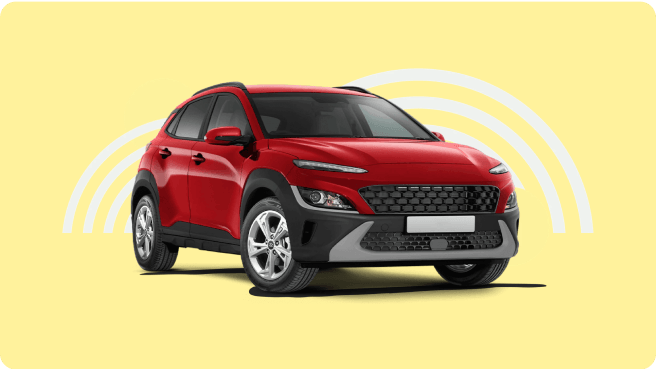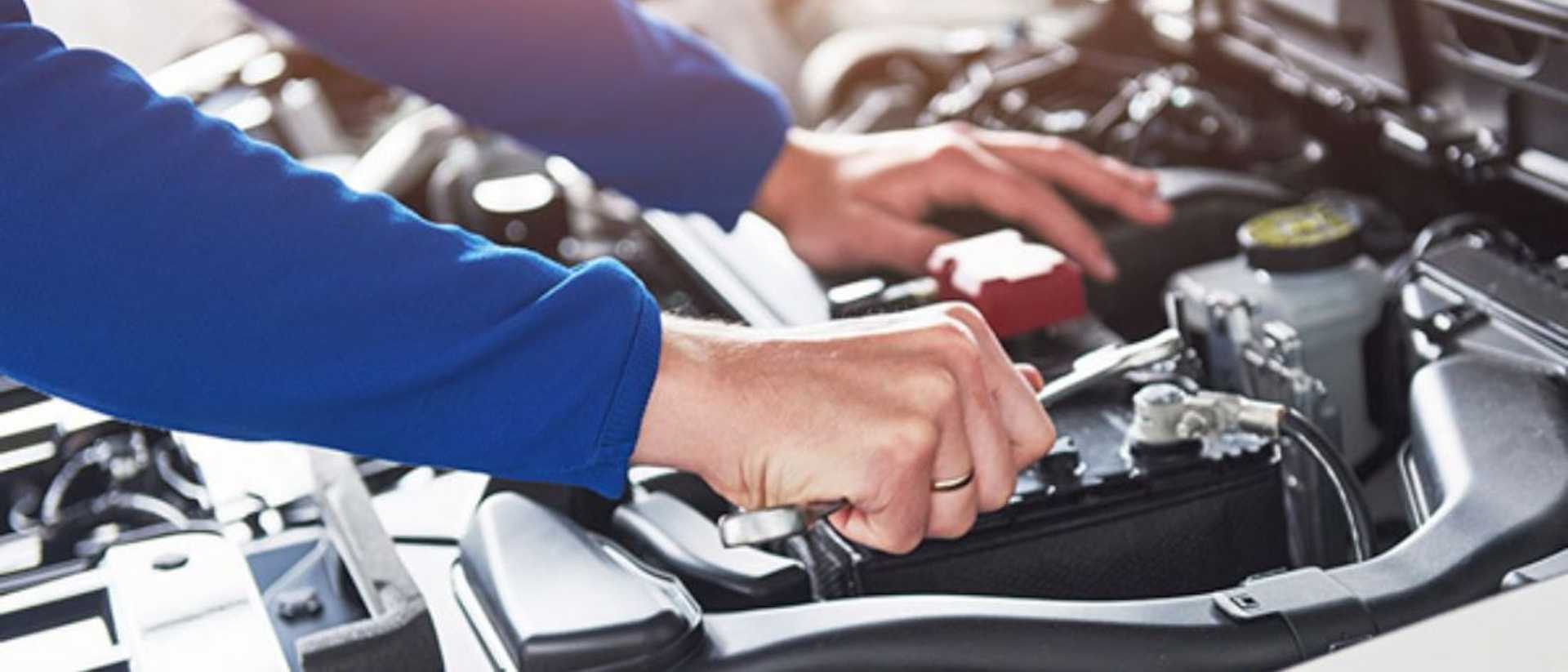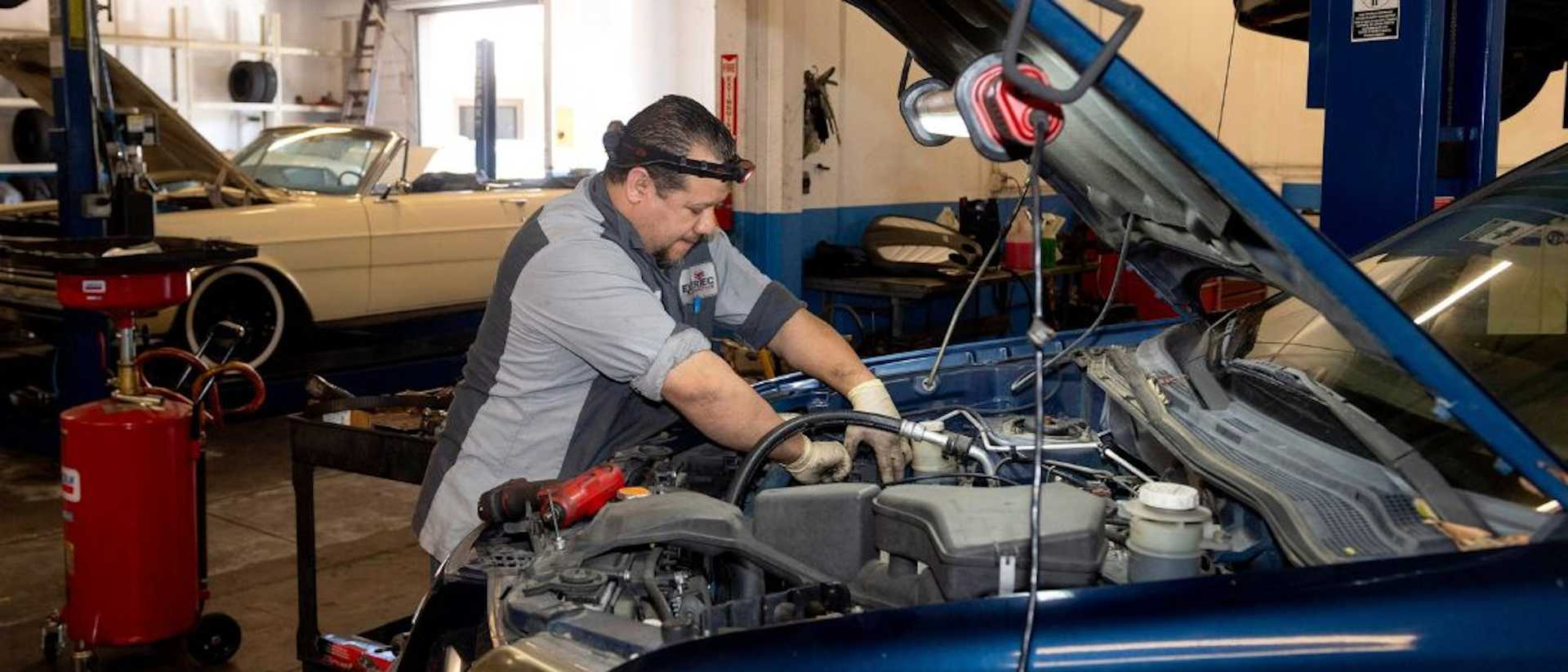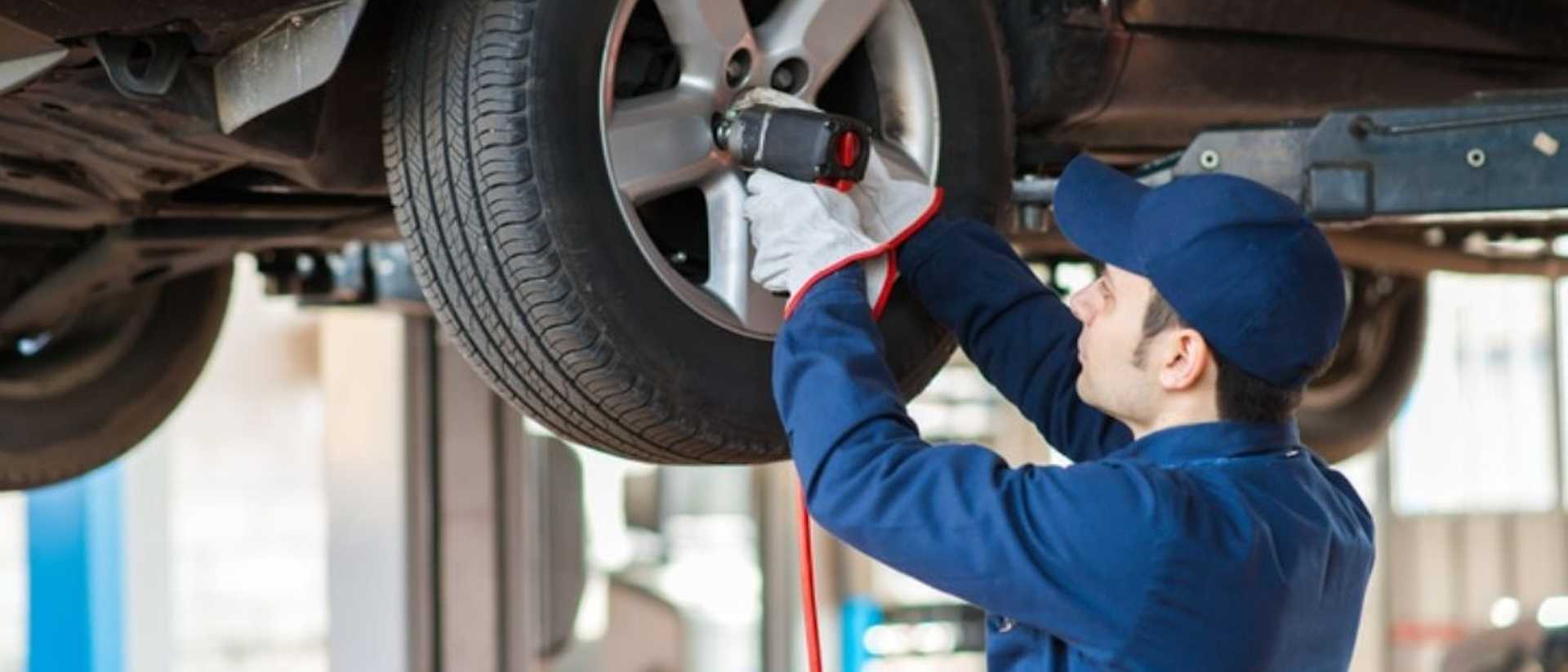What Does It Mean To Refinance A Loan?

If you have an existing vehicle loan, you’ve probably heard the term ‘refinance’ or ‘cash out refinance’ thrown around, and you might be wondering, what exactly does it mean to refinance a loan? We’ll break it down and weigh up the advantages and drawbacks of refinancing to help you decide if it’s the right option for you.
What does refinancing a loan mean?
Car loans are a fixed interest rate product, which means that your monthly repayment amount and your interest rate will not change over the life of the loan period. This makes it easy to budget and plan for the future, but also means that the only way you can lower your interest rate and monthly repayments is to refinance your loan.
Refinancing essentially means that you are replacing your existing loan and taking out a new car loan, in most cases, this will be with a different lender and will contain more appealing loan conditions. You’ll pay off your existing loan with the money you borrow from your new lender. You’ll then start making your loan repayments on the remaining amount of money to your new lender.
Because the cost of car loans can vary so much, getting the best car loan available is actually just as important as getting a great deal on the car itself. If your current loan isn’t working for you, refinancing it could be a great way to save money and get a better deal.
The process of refinancing a loan
If you’ve decided to refinance, you’ve come to the right place. Driva can assist you with every step of the refinancing process and we’re committed to finding you the best rate possible.
1. Contact your existing lender
You’ll need to make contact with your current lender to find out what the pay-off amount is, or how much money you still owe on your loan. You’ll need this figure to tell your new lender so that they can set your rate and approve your loan. You should also ask your existing lender if there are any exit fees or other charges on your loan.
2. Compare finance options
The next step is to compare your finance options with Driva. Our smart refinancing platform is able to provide you with personalised quotes from our panel of over 30 lenders. To get started, you’ll just need to tell us a few details about you, your current loan balance, and the age of your vehicle.
Driva will then be able to provide you with personalised rates that you’re pre-qualified for based on your profile and the information you’ve provided us. We’ll assess your profile against each lender’s eligibility criteria, meaning you’ll only see rates that you’re actually eligible for. Plus, all of the rates you see are fully inclusive of fees and charges, so the amount you see is exactly what would come out of your account each month.
3. Apply for car loan refinance
Once you’ve decided on your lender, we’ll just need a couple of documents from you in order to progress your application. The only documents you need on hand are your driver’s license and two recent payslips. We’ll also need to see your bank statements, but we can help you retrieve these digitally.
We’ll make sure that you’re likely to be approved before submitting your profile to your chosen lender. This protects your credit score, saves time and prevents disappointment.
4. Get approved and pay off your new loan
After your loan application has been submitted, the approval process normally takes between 2 hours and 2 days, but this varies depending on the lender. Once you’ve been approved, your new lender will directly transfer funds to your old lender, so you don’t need to worry about anything on that end. You can then commence making your regular loan repayments to your new lender (and enjoy your new savings!).
Advantages of refinancing
Take advantage of your improved credit score
If you’ve recently improved your credit score, you might be eligible for a loan with a lower interest rate - this means you can save money on your monthly repayments as well as over the life of the loan. You can improve your credit score by consistently making your monthly payments on time and in full.
Lower your monthly repayments
If you’re finding that your current monthly repayments are too high, you could refinance and get a new loan with a longer loan term. This would spread out the cost of the loan over a longer period of time, making your monthly payment cost substantially lower. Although this would mean you’d end up paying more money in interest over the course of your new loan, if your main concern is your monthly payment cost, this might be an appealing option to you.
Access more flexible loan conditions
You might decide to refinance your car in order to change some of the conditions on your loan. For example, you might be looking to change from a secured loan to an unsecured loan (or vice versa), or find a new lender that won’t charge you for making early repayments. You might even be looking to add a balloon payment to your loan in order to reduce your monthly payment amount.
Drawbacks of refinancing
Not suitable if you have less than one year left on your current loan
If you only have a year or less on your current loan, it might not be worth refinancing. Since many lenders will charge an exit or entry fee, if you don’t have very long to go on your loan you should make sure that refinancing your loan is financially worth it.
Can be hard to secure
There can be factors that may impede your ability to refinance your loan. One of the main ones is your current financial position. If you’re not in a relatively strong financial position, you might struggle to find a lender that will approve your loan application.
Not suitable if your car is worth less than what you owe
Finally, you’ll need to consider what the value of your car is before you refinance. Cars, like all vehicles, depreciate over time, and this means that the current value of your car will most likely be lower than what you paid for it. In order to have the best chance of refinancing, it’s a good idea to ensure that your car is currently worth more than what you currently owe.
If you owe more money to your existing lender than the current worth of your car, you will likely be viewed as a ‘high risk’ customer. This will make it harder to secure finance.
Summing up
If you’ve weighed up the advantages and drawbacks of refinancing, and decided that it’s the right move for you, Driva can help! Simply use our smart refinancing platform to find all of your best eligible interest rates from across our panel of 30+ lenders. Just click ‘I want to refinance my vehicle’ and we’ll find out how much you can save.


.png)







